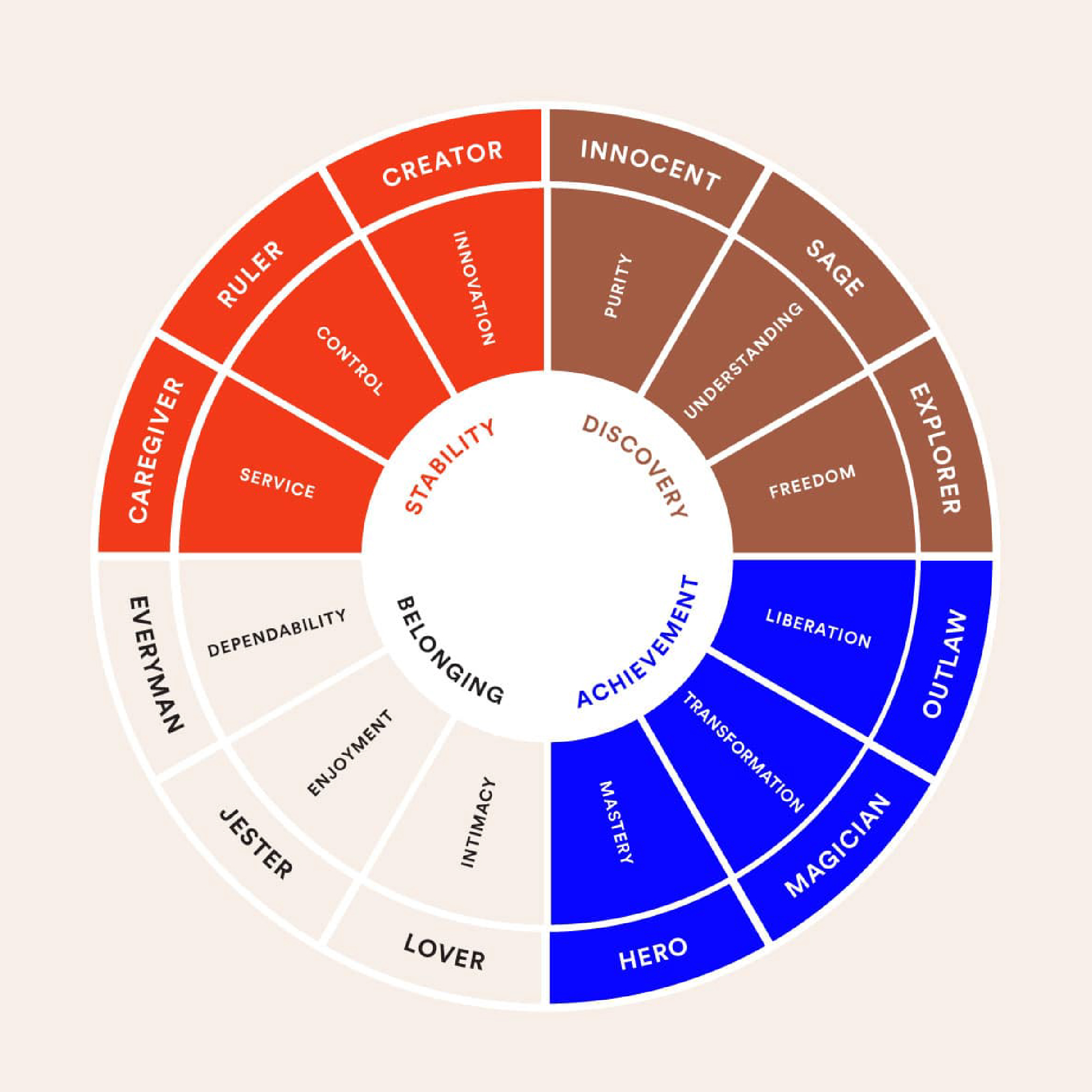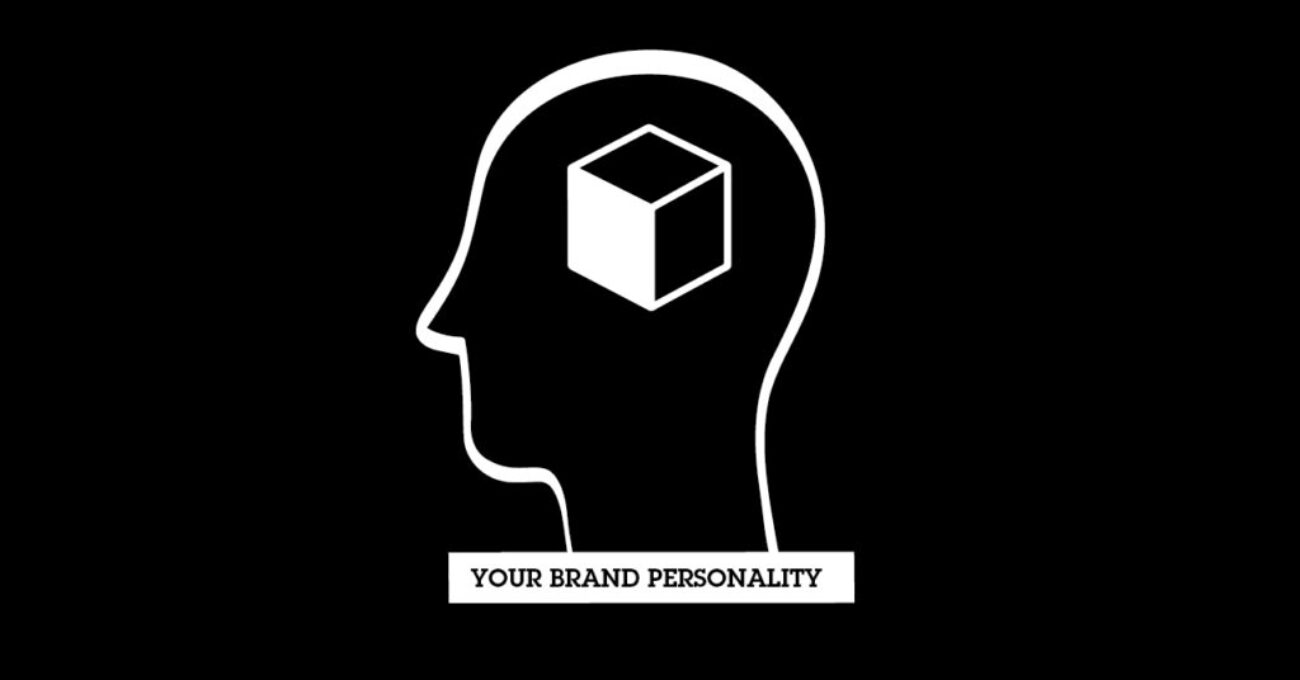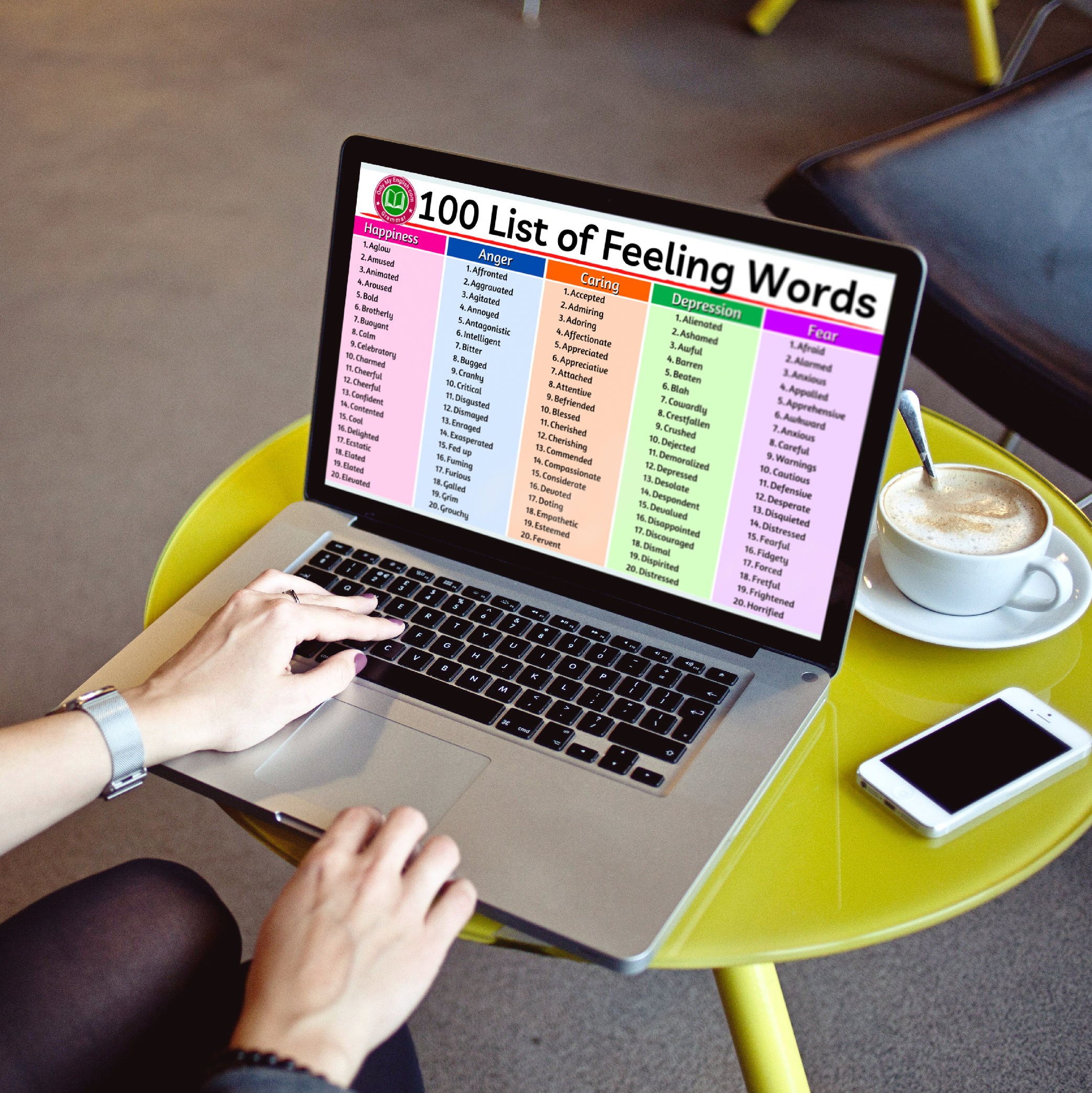5 simple steps to Create a Brand Personality Your Consumers Will Love
Read Time: 10 Minutes
Introduction
It may look great, but more than a website is needed to give your brand the character it needs. Think of your brand like it’s another person – real people want to connect with characters and personalities rather than just a logo. Give your brand traits that people can relate to, and you’ll win their loyalty. Your brand’s personality is essential to how people remember it — even more significant than its identity! So let’s ensure we give our brand the character it needs to build relationships and last.This blog will help you create your Brands Personality
What is a Brand Personality?
Brand personality refers to the set of human characteristics and traits that a brand exhibits and is perceived to possess by its target audience. It humanizes the brand and makes it more relatable to customers on an emotional level. A brand personality is defined by a set of adjectives that describe the brand’s characteristics, values, and tone of voice. It helps differentiate a brand from its competitors and creates a unique identity that customers can connect with. A strong and well-defined brand personality can foster customer loyalty and drive business success.

Why is finding your Brand Personality so Important to your Businesses?
If you don’t solidify your company’s brand identity, what can you expect?
How do you assign a Personality to your Business? Let’s figure it out together!
Why should you use Brand Archetypes?
The 12 brand archetypes to choose from
-
Exhibits happiness, goodness, optimism, safety, romance, and youth. Example brands include: Coca-Cola, Nintendo Wii, Dove
Create your Brand Personality in 5 Steps
Step 1: Outline your Core Values, Vision & Mission statement
Having strong relationships with your customers is so important – but if you don’t know what your business stands for, how are you supposed to make real connections with them? That’s where defining your core values, Vision and Mission comes in! They act like a guide to help you stay on track and focused on the most meaningful things. Think of them as a roadmap that points the way to your business’s future and helps keep you on the path to success.

Have you created your Core Values, Vision, and Mission Statements yet?
No? Don’t worry I can help! Click on the links below to get started today!

Step 2: Select an Archetype
Leverage step 1 to tap into your intuition and identify the archetype that aligns perfectly with your brand’s personality. Choose from a wide spectrum of options, including The Innocent, Everyman, Hero, Outlaw, Explorer, Creator, Ruler, Magician, Lover, Caregiver, Jester, and Sage. Remember, your brand’s archetype is a critical aspect of shaping its identity, so choose wisely!
Step 3: Build on Emotion; Select up to Five Adjectives
It’s been proven time and time again that emotions hold powerful sway over our thoughts and actions. That’s why if you want to create a lasting connection between your brand and your audience, you must tap into their feelings. And how do you do that? By carefully selecting 3 -5 adjectives that evoke the right emotions to describe your brand’s personality. So, ask yourself this – what emotions do you want your brand character to embody? Choose wisely, and the emotional bond between your brand and your audience will keep them coming back for more.
Step 4: Put Brand Personality Traits on Paper
Step 5: Turn your Brand Personality into a Human
- Construct a brief description of your brand personality, imagining it as a person characterized by the qualities of your selected archetype and the associated adjectives that capture its emotional essence.
For inspiration, take a look at the example below. Let your imagination run wild and bring your brand to life with a dynamic character that captures the hearts and minds of your target audience.
EXAMPLE of a humanized brand personality definition
Below I have set myself as a brand, and I’ve highlighted the archetype as well as five adjectives that describe my emotions.
“Billy is the hero archetype. He’s the type of guy that will be proud to support his community. His optimistic about people’s desire to support local and he wishes to help by gently teaching small business owners to become self-reliant. He’s passionate about all forms of creative communication and wishes to share his love of design, marketing, and storytelling with others.”
Key Takeaways
- Brand personality is a set of human characteristics and traits to humanize a brand.
- Brand personality is what makes your business interesting
- Adjectives a for Emotions
- Help your business stand out from the competition through the humanized component of your brand.
- Create an emotional connection with your customers through the way it communicates
- Brand Personality Spectrum helps give a quick glance overview of the way your business should communicate
- Remember, consistency saves brands!
Summary
Congratulations on creating a captivating and distinctive brand personality! However, the crucial step now is to maintain it. Consistency is key to establishing a powerful and identifiable brand. To achieve this, it’s crucial to keep a record of your brand archetype and the 3-5 descriptive words that define your brand personality and to ensure that they are incorporated into your brand guidelines. All your team members, especially designers, must adhere to these guidelines to develop consistent and authentic brand messaging that matches the warm and inviting identity you’ve put together. Failing to do so threatens to undermine your brand’s image and make it difficult for you to connect with your intended audience. Hence, don’t let all your hard work go to waste; ensure consistency in all your branding efforts to enhance your brand’s reach and influence.

Works Cited/ Resources
- Adam Maidment (2021). Brand Archetypes. https://marchbranding.com/
- Aashish Pahwa (2021). What is Brand Personality? Definition & Examples. https://www.feedough.com/
- Brands By Yovo (/). Brand Archetypes. https://brandsbyovo.com/
- Evan Tarver (2021). What Is Brand Personality? How It Works and Examples.https://www.investopedia.com/
- Fabian Geyrhalter (2015). How To Define Your Brand Personality. https://www.finien.com/
- Kira Goldring (/). How to Create a Brand Personality Your Audience Will Love. https://www.tailorbrands.com/
- Jordan Prindle (/). 50+ Adjectives to Establish Your Brand’s Visual Identity. https://www.jordanprindledesigns.com
- Mary Gormandy White, M.A. (/). List of Adjectives to Describe Someone’s Feelings, Emotions and Tone. https://grammar.yourdictionary.com/
- Martina Bretous (2021). 3 Tips to Create a Brand Archetype for Your Business [+ 4 Examples]. https://blog.hubspot.com/
- Raja Mandal (2021). What Is Brand Personality & How to Define Yours. https://visme.co/
- Richie Kawamoto (/). What is Brand Personality? Definition & Examples. https://imagibrand.com/
- Zach Colman(2022). Brand Archetypes Determine Your Identity & Lead to Successful Campaigns. https://creatitive.com/
Res0urces
- Archetypes – Quiz & Reults. https://www.archetypes.com/quiz-results/
- Brand Personality Quiz. brandpersonalityquiz.com
- Brand Archetype Quiz. https://visionone.co.uk/brand-archetype-quiz/
- List of Emotions and Feelings Words A – Z: https://onlymyenglish.com/feelings-emotion-words-list/
- What’s your Brand Archetype? Quiz. https://www.jaccunningham.com/brand-archetype-quiz


